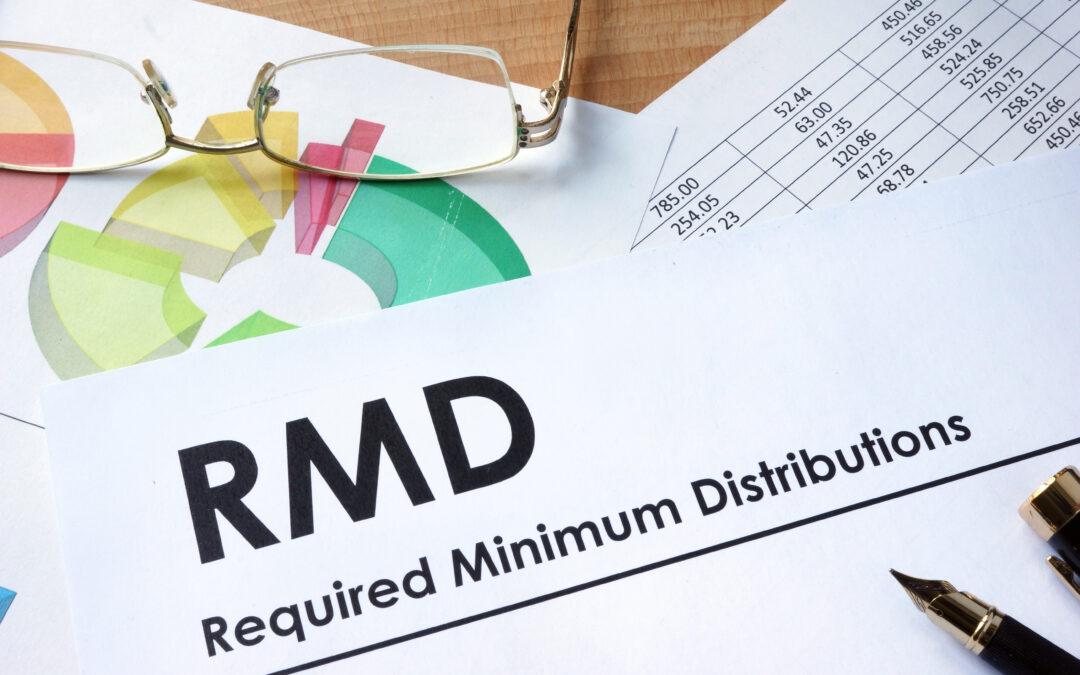The Setting Every Community Up for Retirement Enhancement (SECURE) Act was passed into law at the end of 2019. It is the most comprehensive retirement account legislation in over a decade and it increased the Required Minimum Distribution (RMD) age for all retirement accounts.
Why the Change?
Life expectancy has increased in the United States. To reflect this development and to fortify retirement savings, the SECURE Act increases the age at which individuals must start distributing retirement plan assets to 72 from 70 1/2.
Here are answers to a few common RMD questions.
What is the Required Minimum Distribution?
The required minimum distribution is the minimum amount you must withdraw from your account (IRA, SEP and SIMPLE IRAs, but not Roth) each year after reaching a certain age.
- You are allowed to withdraw more than the minimum required amount
- Your withdrawals will be included in your taxable income except for any part that was taxed before (your basis) or that can be received tax free.
What happens when I turn 72?
Under the new law, the required beginning date is moved to age 72 from 70½, effective for individuals who reach age 70½ after December 31, 2019.
For each subsequent year after your mandatory initiation date, you must withdraw your RMD by December 31. If you do not take any distributions, or if the distributions are not large enough, you may have to pay a 50% excise tax on the amount not distributed as required.
Although the IRA custodian or retirement plan administrator may calculate the RMD, the IRA or retirement plan account owner is ultimately responsible for calculating the amount of the RMD.
This information should help you plan your finances as you approach this significant milestone.
How do I Calculate the Required Minimum Distribution?
In any given year, the Required Minimum Distribution is determined by taking the account balance as of the end of the immediately preceding calendar year divided by a distribution period from the IRS’s “Uniform Lifetime Table.”
- worksheets to calculate the required amount
- tables to calculate the RMD during IRA owner’s life:
- Uniform Lifetime Table – for all other IRA owners calculating their own withdrawals
If the sole beneficiary is the owner’s spouse who is 10 or more years younger than the owner, a separate table is used. For additional questions, consult with your accountant.


